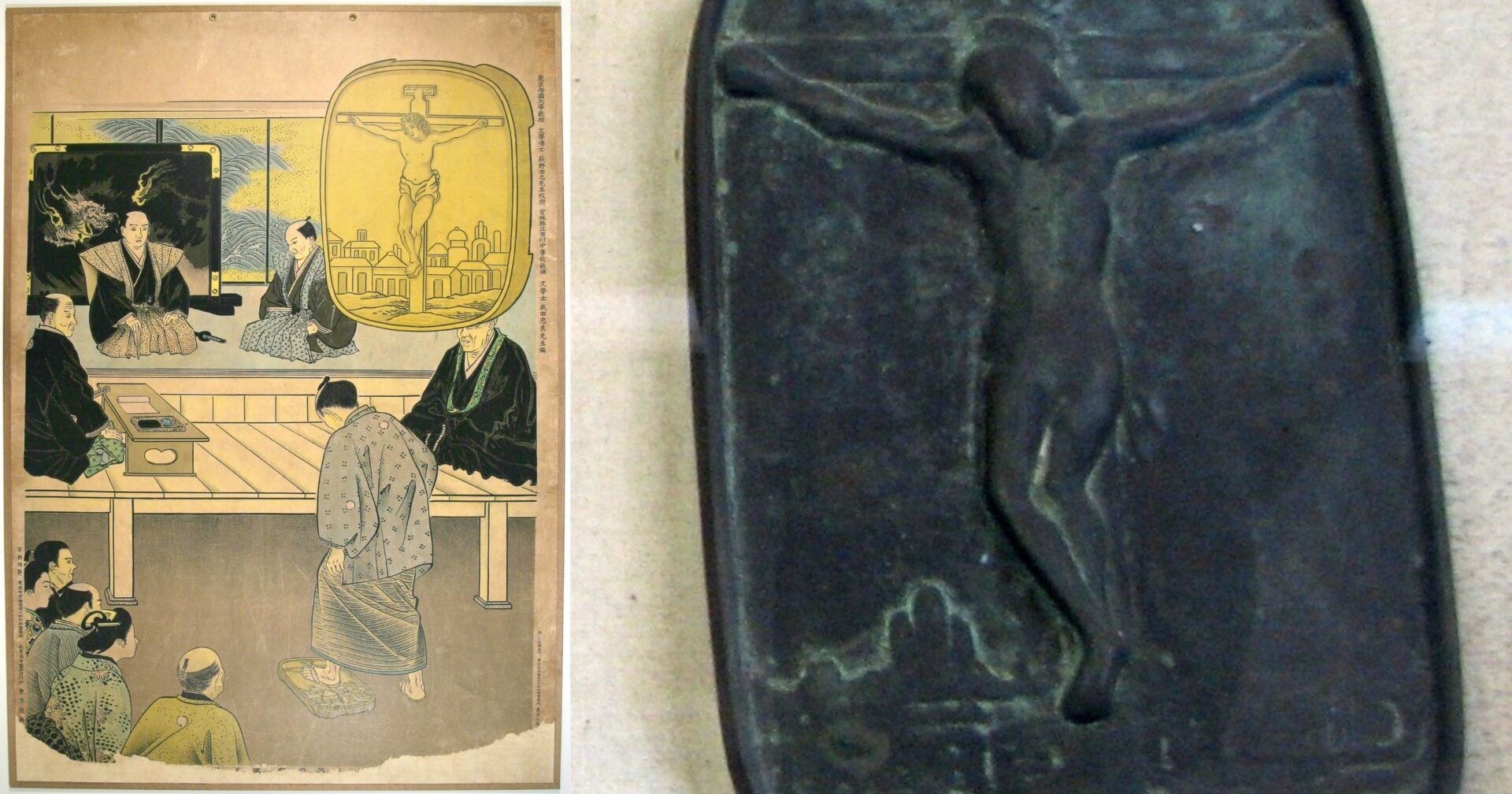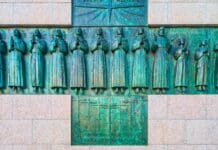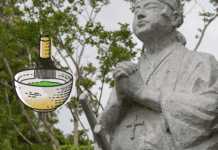Beginning with the first Jesuit missionaries from Spain and Portugal arriving in the 16th century, Japan grew to having the most Catholics of any country not under European rule. But when the Faith was outlawed in 1629, persecutors implemented a test for suspected Catholics: Fumie
Literally “stepping on picture” in Japanese, a fumie was a likeness of Jesus Christ or the Virgin Mary. Religious authorities from the Tokugawa shogunate required suspected Catholics to step on the images to demonstrate they weren’t part of now outlawed Faith.
The usage of fumie began in 1629 when the persecution of Catholics began in Nagasaki. Government officials would make suspected Catholics trample the pictures, but if they refused or were hesitant they would be sent to Nagasaki.
The Edo government at Nagasaki tried to get Japanese Catholics to renounce their Faith and would administer the fumie test again. If they refused to renounce the Faith, they were tortured and executed. The Edo goverment would sometimes take Catholics to Nagasaki’s Mount Unzen, where they be boiled alive in hot springs.
Fumi-e were usually carved out of stone, but some were painted or wooden block prints. Today, few fumi-e exist as many were thrown away or recycled.
Photo credit: Public Domain via Wikimedia Commons, 1, 2


















[…] purchased land where the famous “fumi-e” interrogations of Nagasaki took place, a form of persecution where Catholics in Japan were forced to step on a […]